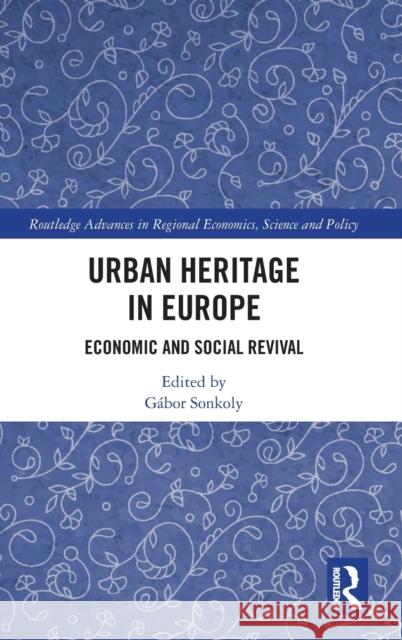Urban Heritage in Europe: Economic and Social Revival » książka
Urban Heritage in Europe: Economic and Social Revival
ISBN-13: 9781032388304 / Angielski / Twarda / 2023 / 256 str.
This book provides a detailed overview of Central European urban heritage. It examines the key aspects of urban heritage - tangible/monumental, natural/landscape, world heritage/urban quarter and heritage experience/dark heritage.
Urban heritage, which is part of the conceptual expansion of cultural heritage, has become an extraordinarily complex notion. Any aspect of urban life and experience can become heritage and this heritage is then continuously reinterpreted and exploited as a source not only for a city’s identification but also for its cultural and economic innovation.
This book provides a detailed overview of Central European urban heritage. It examines the key aspects of urban heritage –tangible/monumental, natural/landscape, world heritage/urban quarter and heritage experience/dark heritage. The ‘regimes of urban heritage’ approach retraces 200 years of the development of European urban heritage to understand how it has become so significant and how it could integrate practically every area of urban existence.
The novelty of the book is the interpretation of this development as a process of successive and integrating regimes, which are examined through the changing urban heritage agency and discourse. Through the examples of European cities and towns, such as Belgrade, Budapest, Gdansk, Krakow, Ljubljana, Subotica, Szentendre, Vienna, but also Edinburgh, Nordic cities and Rome, these changes reveal their inner complexities and become comparable in an interdisciplinary analysis. Further, a particular aspect of the history of these cities is revealed through the development of their own urban heritage.
The book is primarily aimed at academics, researchers and postgraduate students of cultural and economic geography, cultural history, culture and heritage management, modern and contemporary history as well as urban history, planning and sociology.











